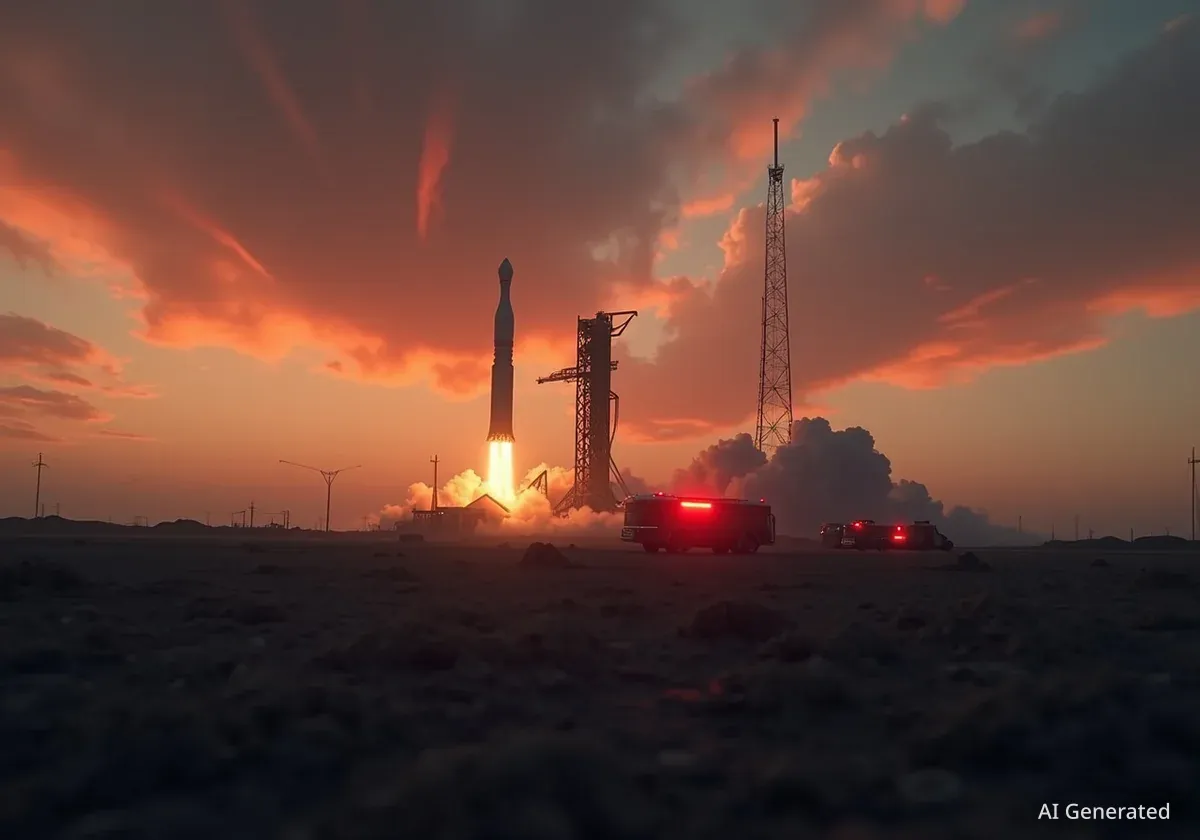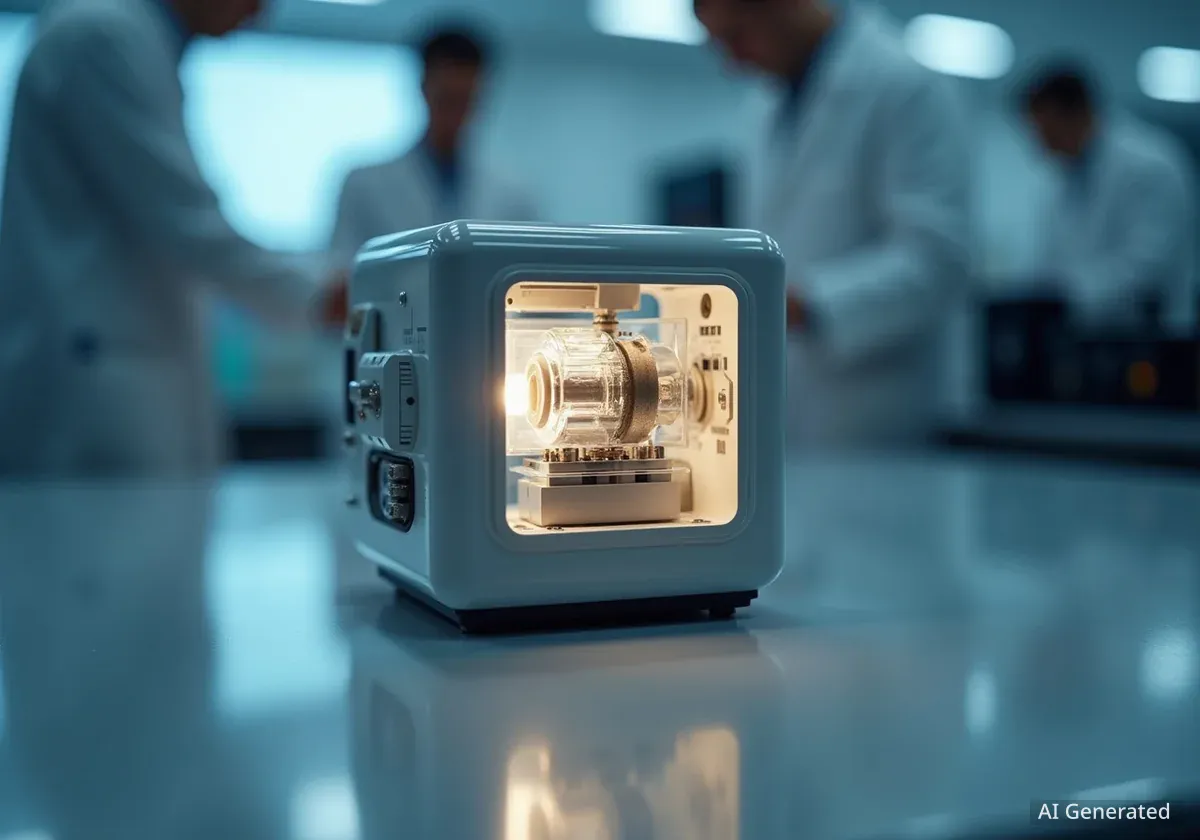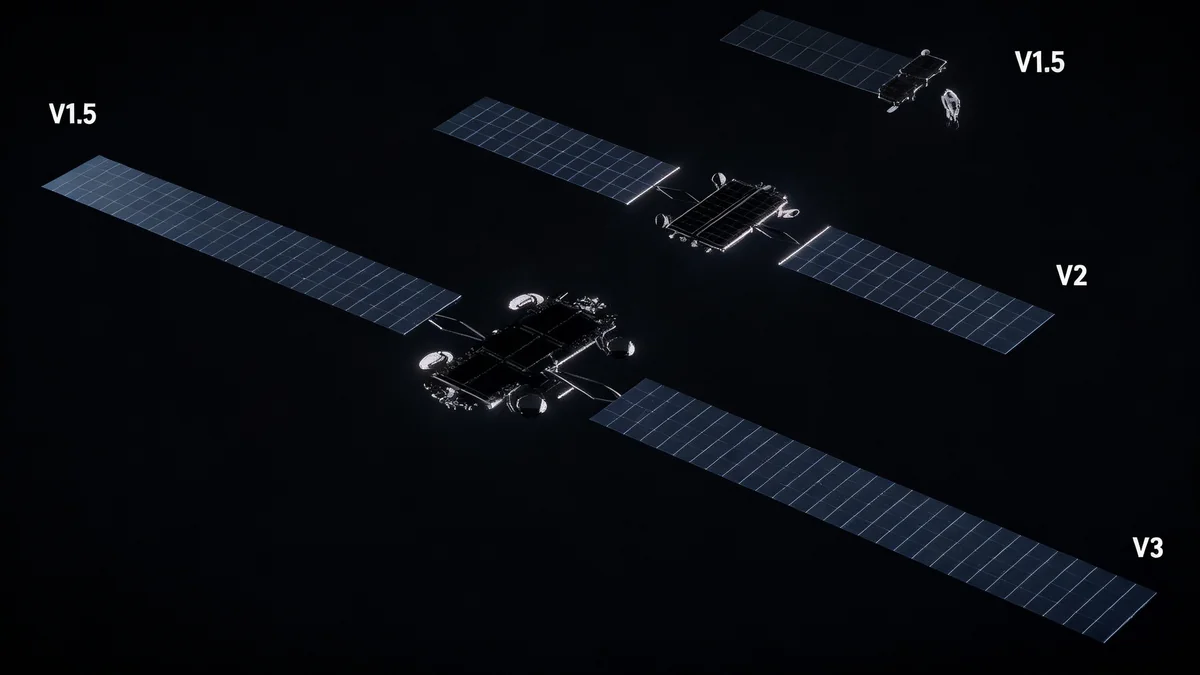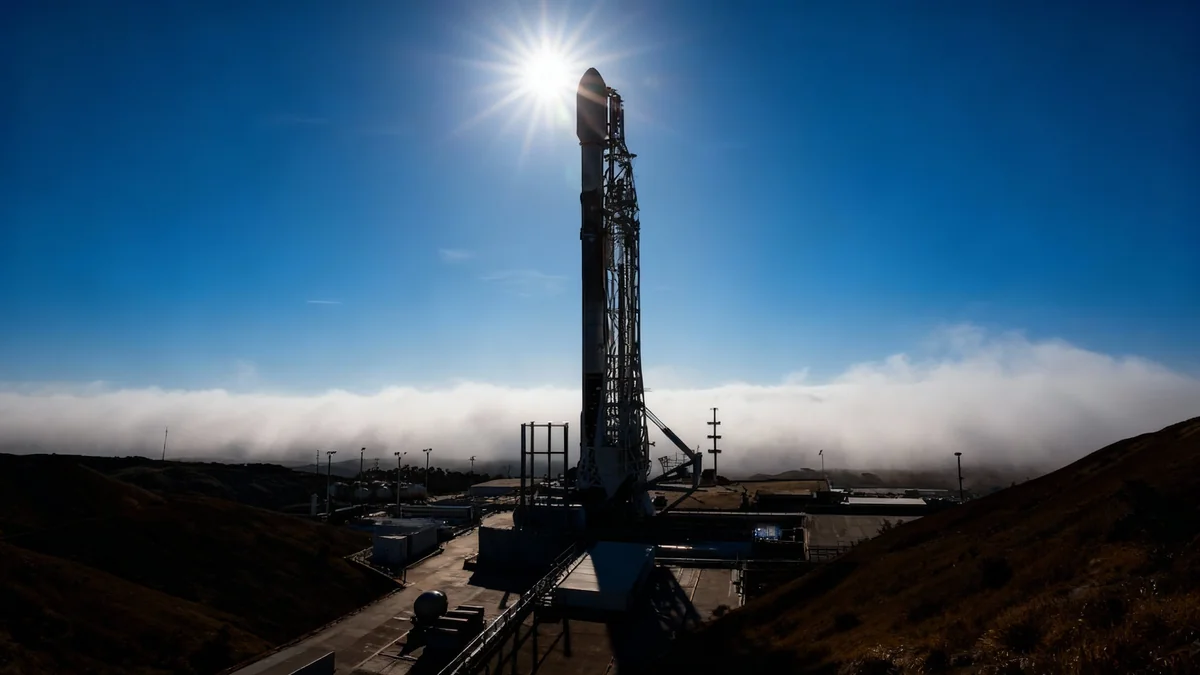A Firefly Aerospace Alpha rocket exploded during a pre-flight engine test at a facility in Texas. The incident occurred during what the company described as a routine trial for its upcoming Alpha Flight 7 mission. Firefly Aerospace has confirmed that there were no injuries resulting from the explosion.
The commercial space company stated that the event happened on the test stand as engineers were conducting a standard static fire test of the rocket's first stage. Video footage shows the rocket bursting into flames on the pad, followed by a large plume of smoke. The company is now investigating the cause of the failure.
Details of the Incident
The explosion took place at Firefly Aerospace's test site in Briggs, Texas. The rocket involved was designated for the Alpha Flight 7 (FLTA007) mission. The test was intended to verify the performance of the rocket's first-stage engines before it was cleared for flight.
In a statement, Firefly Aerospace confirmed the anomaly. "During a routine pre-flight acceptance test of Alpha Flight 7’s first stage, the stage experienced an explosion on the test stand," the company announced. They emphasized that safety protocols were followed and that the site was cleared of all personnel before the test began.
"The safety of our team and the community is our top priority. We are grateful that there were no injuries, and we are committed to a thorough investigation to determine the root cause of the failure."
This type of test, known as a static fire, is a critical step in pre-launch preparations. It involves firing the rocket's engines at full thrust while it is securely anchored to the ground. This allows engineers to collect data on engine performance and ensure all systems are functioning correctly without the rocket actually lifting off.
Key Takeaways
- A Firefly Alpha rocket for Flight 7 exploded during a static fire test in Briggs, Texas.
- The company confirmed the incident and reported no injuries.
- The test was a standard pre-flight procedure to validate the rocket's first-stage engines.
- An investigation into the cause of the explosion is currently underway.
About the Alpha Rocket
The Alpha rocket is Firefly Aerospace's primary launch vehicle, designed to serve the small satellite launch market. The rocket stands approximately 29 meters (95 feet) tall and is engineered to deliver payloads of up to 1,170 kilograms (2,580 pounds) to low Earth orbit (LEO).
Technical Specifications
The first stage of the Alpha rocket, which was destroyed in the test, is powered by four Reaver 1 engines. These engines use a combination of liquid oxygen (LOX) and RP-1 kerosene as propellants. The second stage is powered by a single Lightning 1 engine, which is optimized for performance in the vacuum of space.
- Height: 29 meters (95 feet)
- Diameter: 1.8 meters (6 feet)
- Payload to LEO: 1,170 kg (2,580 lbs)
- First Stage Engines: 4x Reaver 1
- Second Stage Engine: 1x Lightning 1
Did You Know?
The Reaver 1 engines used on the Alpha's first stage are designed using a tap-off cycle, a less complex engine design that diverts some of the hot gas from the main combustion chamber to power the engine's turbopumps. This design aims for reliability and cost-effectiveness.
Firefly's business model focuses on providing reliable and affordable launch services for the growing number of small satellite operators. The company aims to compete in a crowded market that includes companies like Rocket Lab and Relativity Space.
Context of Firefly's Launch History
This incident is not the first setback for the Alpha rocket program. The vehicle's inaugural launch in September 2021 also ended in failure. During that flight, one of the first-stage Reaver engines shut down prematurely about 15 seconds after liftoff. The rocket continued to climb but lost control, leading to its destruction by range safety officials approximately 2.5 minutes into the flight.
Previous Alpha Missions
Firefly Aerospace has conducted four orbital launch attempts with its Alpha rocket prior to this incident. The first mission failed, but subsequent flights have achieved increasing levels of success, demonstrating the company's iterative approach to development.
Despite the initial failure, Firefly achieved its first successful orbital launch just over a year later, in October 2022. The mission, named "To The Black," successfully deployed three small satellites into orbit, marking a significant milestone for the company.
Subsequent missions have continued to build on this success. In September 2023, the Alpha rocket successfully launched a U.S. Space Force mission called Victus Nox, demonstrating rapid-response launch capabilities. Most recently, in December 2023, another Alpha rocket successfully deployed a satellite for Lockheed Martin.
Implications for Firefly and the Industry
While the explosion is a setback, test failures are not uncommon in the space industry, especially for companies developing new launch vehicles. Such incidents provide valuable data that engineers use to identify and correct design flaws, ultimately leading to a more reliable rocket.
According to industry analysts, the key factor for Firefly will be how quickly it can identify the root cause of the failure and implement corrective actions. The company has several missions on its manifest, including contracts with NASA under the Commercial Lunar Payload Services (CLPS) program to deliver science payloads to the Moon using its Blue Ghost lander.
The Alpha rocket is intended to be the launch vehicle for these lunar missions. A significant delay in the Alpha program could potentially impact the timeline for Firefly's lunar lander missions. The company has not yet commented on how this incident will affect its future launch schedule.
The event underscores the inherent risks of rocket development. Every launch and every major test carries the potential for failure. However, the industry's model of rapid testing, learning from failures, and iterating on designs has enabled significant progress in commercial spaceflight over the past decade.





